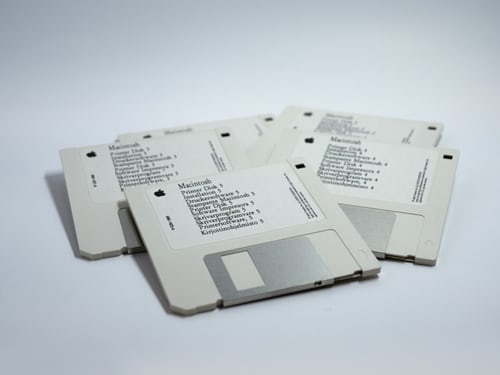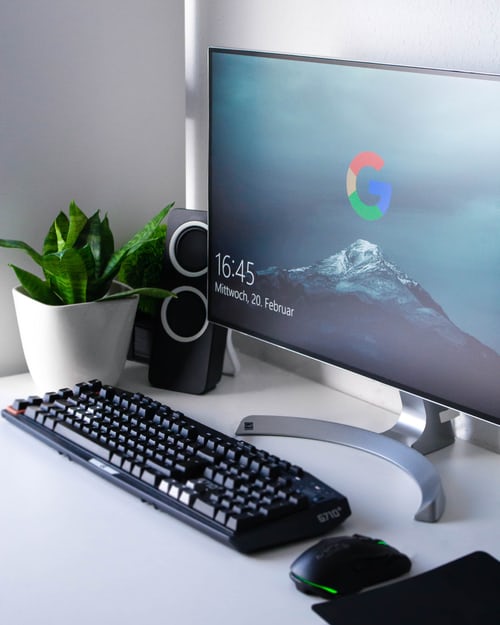
What should I do when a computer freezes or locks up?
What should I do when a computer freezes or locks up?

Give the computer some time
Is the computer deadlocked?
End Task the not responding program
If the Task Manager opens, but the mouse is still not working, it may be a problem with mouse’s hardware.
Reboot a frozen computer
What happens to any work that has not been saved?
Resolve hardware or device driver issue
If you determine that a defective piece of hardware is causing the freezes, you should replace the hardware right away to prevent further damage to the computer. If a device driver is at fault, download the latest driver from the manufacturer’s website and install it before the computer freezes. Or use another computer to download the driver and try installing the driver on your computer.
If you cannot install the latest driver before the computer freezes, another option is to start the computer in Safe Mode. Once in Safe Mode, you can access Device Manager and uninstall the hardware device corresponding to the device driver that is not working correctly. Then, restart the computer and load into Windows normally. Windows should detect the hardware that you uninstalled and try to reinstall the device driver. This process may be enough to fix the issue, and stop further freezes from occurring. You can also try installing the latest driver at this point, to make sure your computer is up-to-date for that device driver.
You can also try accessing the computer BIOS and disable any hardware that is not working properly, to see if that stops the freezes from occurring. However, you should still replace that hardware, as you may not be able to use your computer fully if the hardware remains disabled.
Take PC to repair shop
If the options above do not work, we recommend taking your computer to PC Expert Services in Irvine and allow us professionally to diagnose and fix the problem.

















